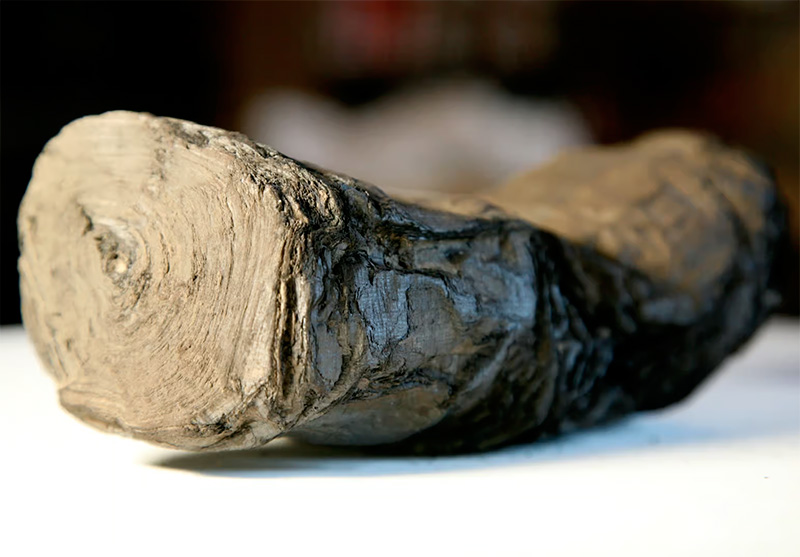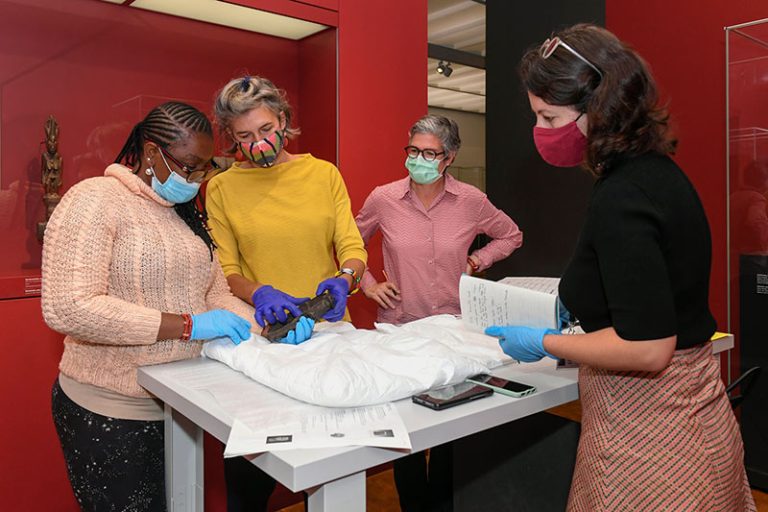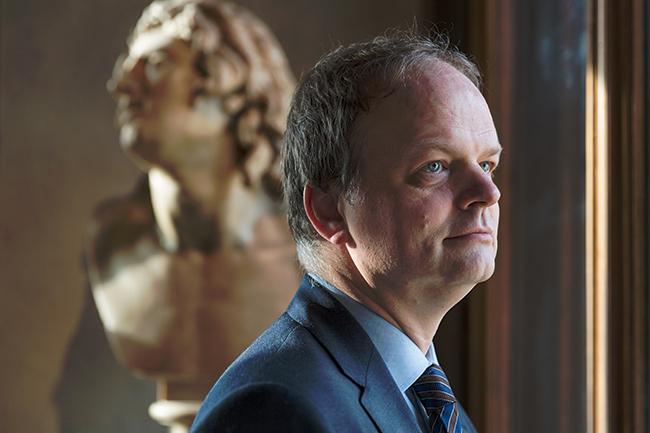“Some of these texts could completely rewrite the history of key periods of the ancient world” promised scientists when announcing the use of Artificial Intelligence to “making the papyri of Herculaneum speak”. It is the biography of Plato which will already be enriched. Scrolls charred during the eruption of Mount Vesuvius in AD 79 and thought to be indecipherable have begun to reveal some of their secrets.
“For the first time, we were able to read sequences of letters from this papyrus that were hidden”rejoices Graziano Ranocchia, professor at the University of Pisa, at the origin of this discovery. “This tremendous advance was made possible by combining two techniques: optical coherence tomography and infrared hyperspectral imaging, thanks to a mobile laboratory provided by Nottingham Trent University”. 1,000 Greek words that the human eye could no longer see were thus able to be deciphered. They are believed to have been written by the Epicurean philosopher Philodemus of Gadara (110-40 BC), who lived in Herculaneum.
The author provides a revisited chronology of the life of Plato who died around 348 or 347 BC. BC, at the age of approximately 80 years. He was believed to have been sold into slavery in 387 BC. BC, during his stay at the court of Dionysius the Elder of Syracuse, Sicily. The Herculaneum Papyrus suggests he was enslaved in 404 BC. BC when the Spartans captured the island of Aegina or in 399 BC. BC, immediately after the death of his master Socrates.
We also learn new details about Plato's last night, before he succumbed to an illness. Moribund, he would not have really appreciated the “sweet notes” flute played by a musician whom he would have criticized for her “weak sense of rhythm”. But the greatest revelation of the deciphered parchment remains the exact location of Plato's burial. He was known to have been buried near the Academy, according to the papyrus. He was buried in a private garden, near a shrine dedicated to the muses in the Platonic Academy northwest of Athens.
These discoveries are only the first in a series which promises to be much more numerous. Researchers will carry out further scans until 2026 to unroll the remaining 600 scrolls of the Herculaneum papyri.







